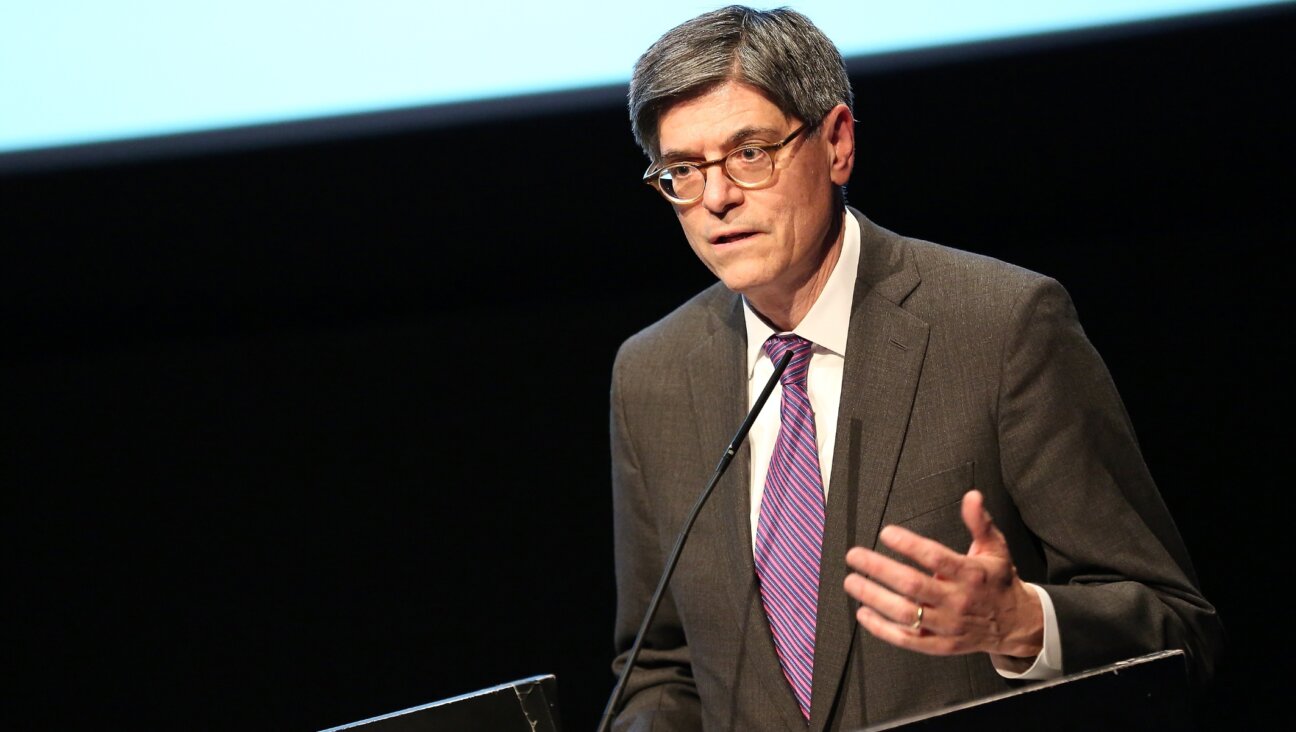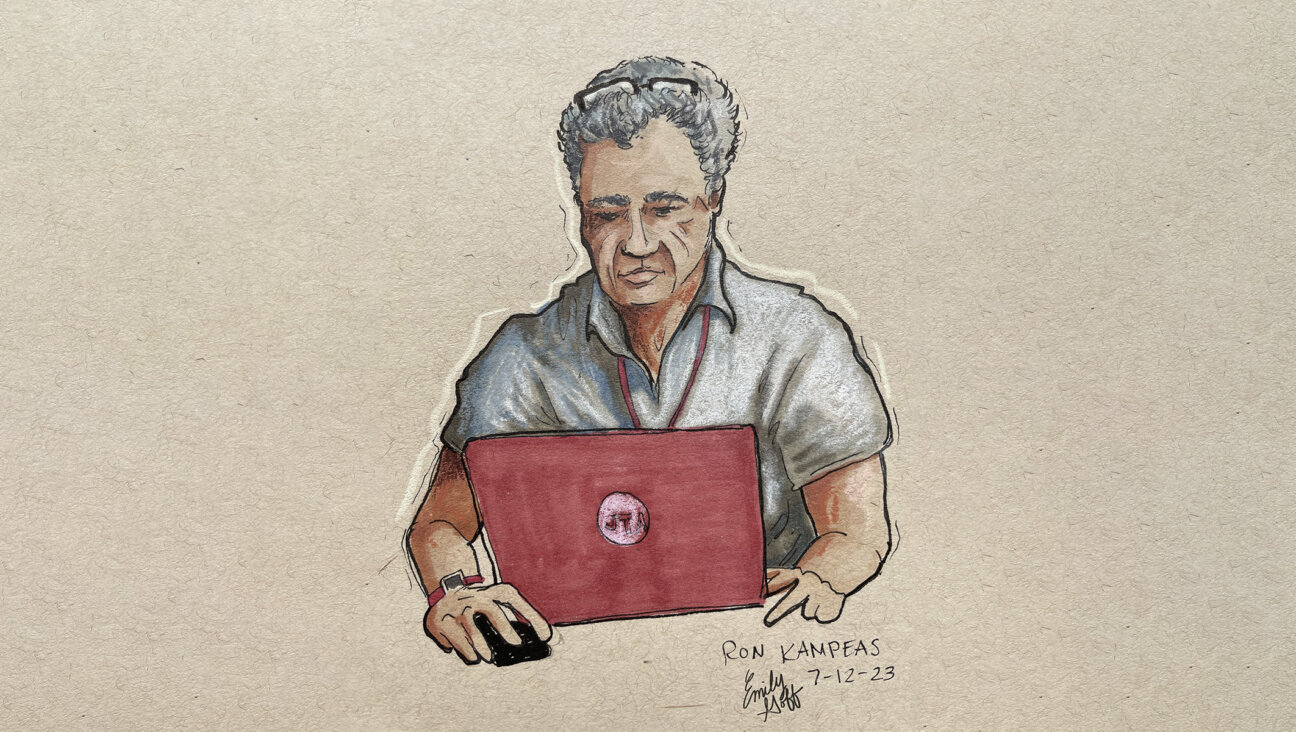Stanford to investigate claims that it capped admissions for Jews in the 1950s

A general view of the buildings of the Main Quadrangle and Hoover Tower on the campus of Stanford University, Oct. 2, 2021. (David Madison/Getty Images)
(JTA) — That Ivy League schools placed quotas on the number of Jews admitted to their classes through much of the first half of the twentieth century has long been established as fact.
But the existence of a quota on Jewish students at Stanford University in Northern California was never more than a rumor — at least not until the publication of a blog post written by a researcher last year.
Now Stanford has appointed a task force to investigate the existence of a quota for Jews at the school during the 1950s. The task force will be led by Ari Kelman, a professor of education and Jewish studies. The group, which will begin its work this month, was tasked with researching the existence of quotas and recommending ways to “to enhance Jewish life on campus, including how best to address any findings resulting from the research on admissions practices.”
“It is important to face our history as an institution and fully understand the impact of past actions,” Stanford President Marc Tessier-Lavigne said in a statement. “I am grateful to Dean Steinwert and Vice Provost Dunkley for leading this effort, and to those who have agreed to serve on this task force. Their work will help the university make a well-informed, deliberative response – making clear that bias in any form has no place in higher education or at Stanford.”
The claims about Stanford’s admissions quota were first raised in a blog post by Charles Petersen, a postdoctoral fellow at Cornell University studying the concept of meritocracy, particularly in Silicon Valley.
In a blog post from August 2021, Petersen pointed to a 1953 letter he found in Stanford’s archives addressed to the university’s then-president, J.E. Wallace Sterling, from Fred Glover, an advisor to Sterling. Part of the letter, which refers to Rixford “Rix” Snyder, the head of admissions at Stanford in the 1950s and 60s, states:
Rix is concerned that more than one quarter of the applications from men are from Jewish boys. Last year we had 150 Jewish applicants, of whom we accepted 50. This condition appears to apply one [sic] to men; there does not seem to be any increase in applications from Jewish girls.
As things look to Rix now, he will be able to pick 500 men, equal in caliber to last year’s fresh class, but there will be a high percentage of Jewish boys in the 300 freshmen who will be at Stanford village.
Rix said that he thought that you should know about this problem, since it has very touch implications. He pointed out that the University of Virginia has become largely a Jewish institution, and that Cornell also has a very heavy Jewish enrollment. Harvard and Yale stick strictly to a quota system. Rix has been following a policy of picking the outstanding Jewish boys while endeavoring to keep a normal balance of Jewish men and women in the class.
The letter goes on to state that accepting a few Jewish applicants from one school typically leads to more Jewish applicants from that school the following year. “Rix says that apparently the information as to who is accepting or rejecting Jewish students travels fast though [sic] the underground,” the letter states.
Petersen referred to the letter as “probably the closest I’ll come to a historical smoking gun.”
—
The post Stanford to investigate claims that it capped admissions for Jews in the 1950s appeared first on Jewish Telegraphic Agency.
A message from our Publisher & CEO Rachel Fishman Feddersen

I hope you appreciated this article. Before you go, I’d like to ask you to please support the Forward’s award-winning, nonprofit journalism during this critical time.
We’ve set a goal to raise $260,000 by December 31. That’s an ambitious goal, but one that will give us the resources we need to invest in the high quality news, opinion, analysis and cultural coverage that isn’t available anywhere else.
If you feel inspired to make an impact, now is the time to give something back. Join us as a member at your most generous level.
— Rachel Fishman Feddersen, Publisher and CEO





















